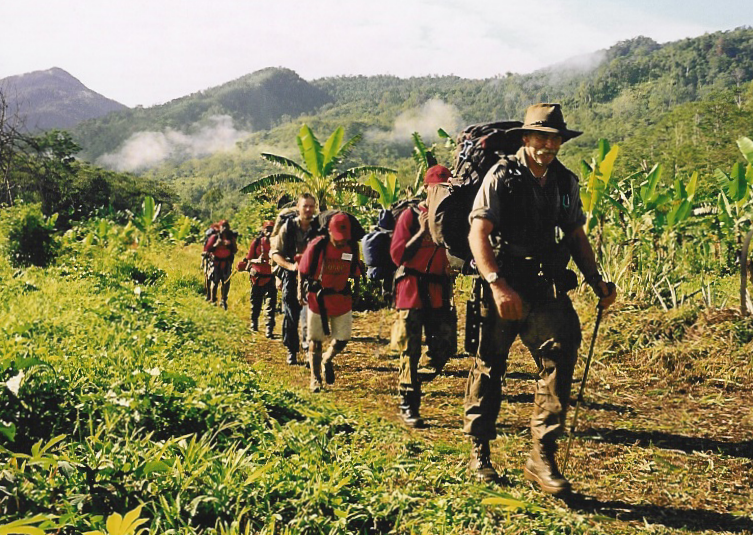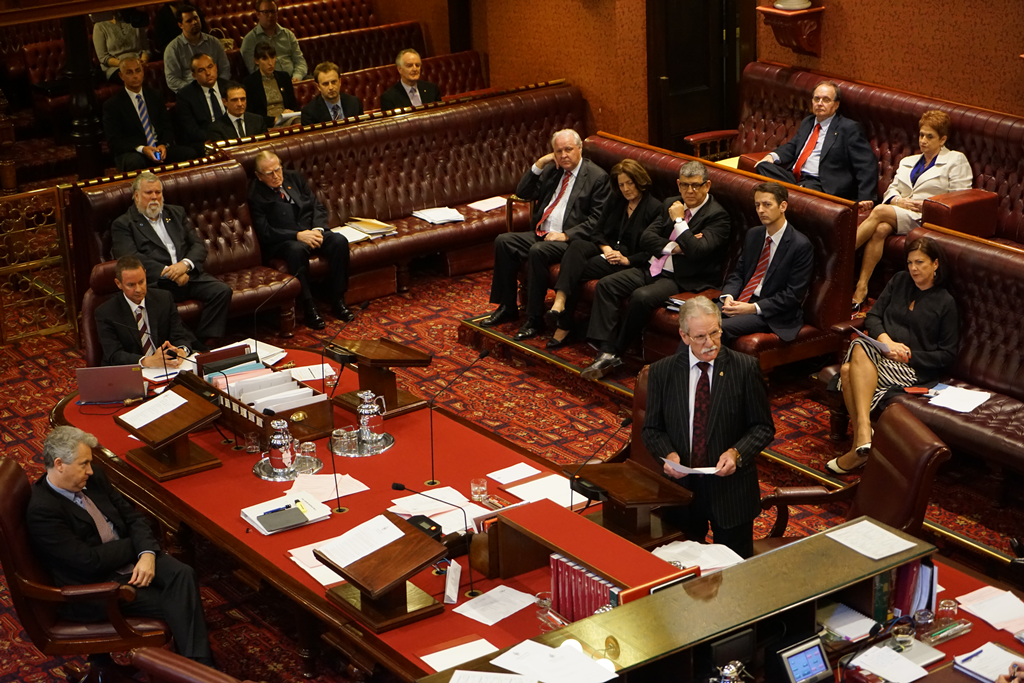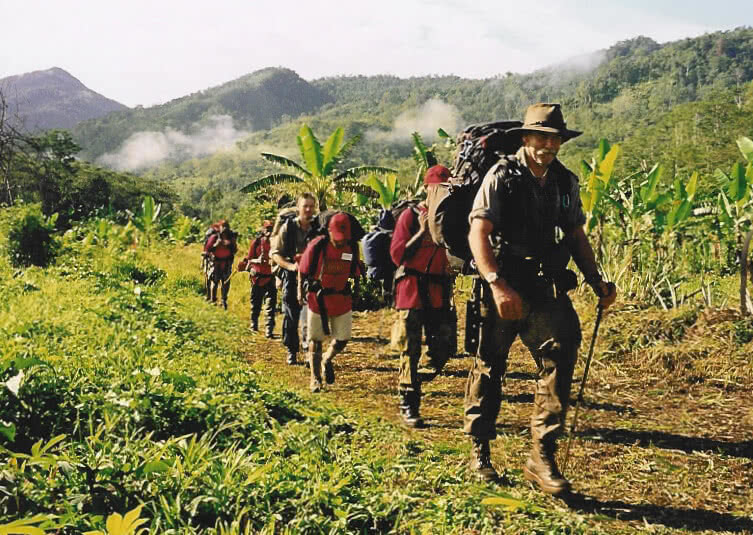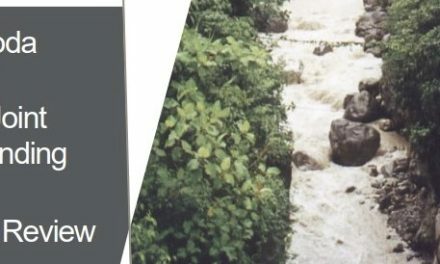The Rise, Fall and Future of Kokoda Tourism
The rise in Kokoda tourism can be traced to former Prime Minister, Paul Keating spontaneously dropping to his knees and kissing the ground at Kokoda on the 50th anniversary of the campaign in 1992 – he was the first Prime Minister to visit the place since the end of the war in 1945.
Keating’s gesture, and his epic speech, led to the development of a Memorandum of Understanding (MoU) between PNG and Australia[1] regarding the significance of our shared wartime heritage.
It culminated in the opening of a landmark memorial at the Isurava battlesite on the 60th anniversary of the battle for Isurava by his successor, Prime Minister John Howard and PNGs Grand Chief and Prime Minister, Sir Michael Somare on 26 August 2002.
Two years later a Kokoda Track (Special Purpose) Authority was proclaimed by the PNG government to manage the rapidly increasing number of Australians seeking to trek across it.
The beginning of the fall can be traced to a serious flaw in the drafting of a Joint Agreement between Australia and PNG in 2008. It was a knee-jerk reaction to quell a growing public backlash against a threat to open a gold mine adjacent to the southern section of the Trail.
It was decided that the most effective means of protecting the integrity of the Kokoda Trail from possible mining and logging incursions into the area would be a World Heritage listing.
As a result, responsibility for the protection of our most famous icon of the Pacific War was allocated to the Department of Environment, Water, Heritage and the Arts (DEWHA) while Defence, Veterans Affairs, Education and Ex-Service Organisations such as the RSL were excluded.
From that time the Kokoda Trail, which had emerged as PNGs most popular tourism destination, was managed as an aid-funded environment park under a government bureaucracy rather than as a tourism enterprise for the economic benefit of traditional landowner communities across it.
The paper looks at the failed outcomes from the era of direct Australian management from 2009-2012, and to the misconceptions of DFAT regarding the distribution of trek permit fee income from the Kokoda Track Authority (KTA) which has caused the most angst with traditional landowner communities.
It shows that under this arrangement, not one of the seven key management strategies or 33 objectives identified in the Australian ‘Kokoda Track Authority Strategic Plan: 2012-2015’ was achieved.[i]
By 2014 the failure of the management system imposed on PNG by the Australian Government caused former PNG Prime Minister, The Hon Peter O’Neill, to order a review of the KTA
The ‘Conclusions, Recommendations and lessons learned’ from the review conducted by Tourism, Recreation, Conservation (TRC) Consultants were limited by their failure to trek across the Trail to consult with traditional landowner communities.[ii]
The paper also includes reviews of the ‘Kokoda Initiative 2019 Report: PNG-Australian Governance Partnership’ which has no relevance to the management of Kokoda tourism.
A separate review of the proposed Kokoda Track Management Authority (KTMA) Bill orchestrated by the DFAT Strategic Advisor in a clandestine manner seeks to embed the future management of PNGs most popular tourism destination within the PNG Conservation Environment Protection Authority (CEPA) rather than under the auspices of the PNG Minister for Tourism, Arts and Culture.
The paper provides detailed responses to aid-funded forums, workshops and consultant’s reports together with ideas and suggestions to improve management and create income earning opportunities for village communities. As we gained more experience over the years we were able to upgrade our ideas and suggestions – however – as the responses to various submissions show, they were ignored by deskbound aid-funded officials in Port Moresby.
[1] Conservation and Development Optiong for the Kokoda Track and Surrounding Regions’ A thesis submitted for the degree of Doctor of Philosophy of The Australian National University. Robert Bino. September 2015
[i] The plan was developed in Port Moresby under the direction of the Australian CEO, Rod Hillman, without any consultation with professional tour operators or village-based landowners. It was destined to fail as a result.
[ii] The consultant contracted to conduct the review was a former Operations Manager of the KTA. He was therefore reviewing the system he had helped to create! His review was limited to Port Moresby landowners who are often tainted with the lure of aid-funding and generally have a better education than their village-based counterparts. Village based landowners often have a more practical understanding of their local needs.





